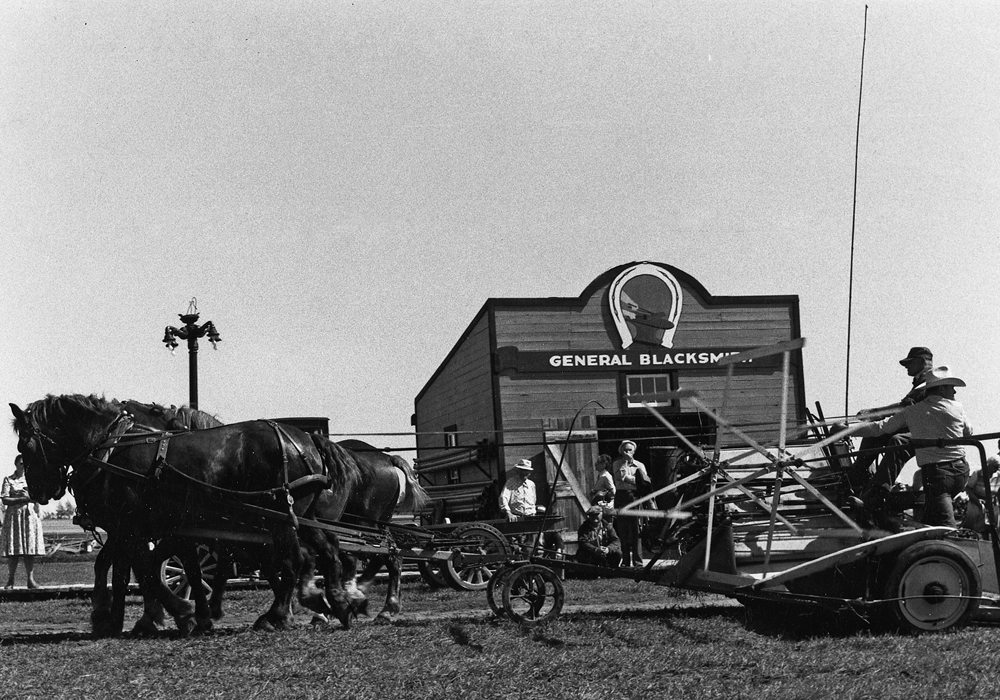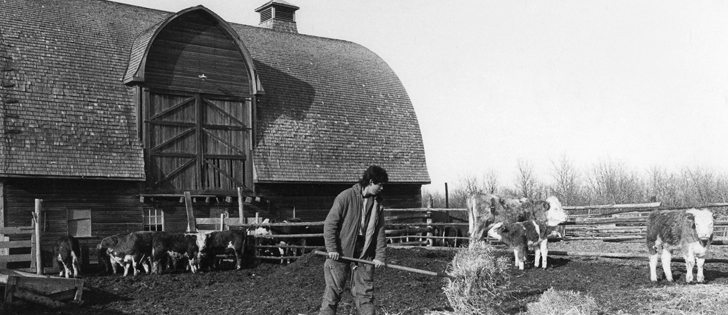The Western Producer takes a weekly look at some of the stories that made headlines in issues of the paper from 75, 50, 25 and 10 years ago.
75 years ago: April 30, 1942
The Saskatchewan government said it would not use a blanket farm debt moratorium to stop repossession of farmland. Instead, it would use orders-in-council on an individual basis. This move was intended to overcome the problems created by Saskatchewan courts disregarding the province’s debt adjustment legislation.
Defence Minister James Ralston said the government was unable to grant wholesale leaves to soldiers for seeding and other farming operations. Doing so would disrupt their training, he added.
Read Also

High prices see cow-calf producers rushing to incorporate
Farm accountants are reporting a steady stream of cow-calf producers rushing to get their operations incorporated ahead of selling their calves this fall.
50 years ago: May 4, 1967
Two weeks after a judge ruled against Manitoba’s vegetable marketing commission, the provincial government dropped a bombshell on the industry by announcing it was eliminating the commission.
It had been compulsory for vegetable growers to market their produce through the commission since it was established in 1964, but a judge ruled in mid-April that it was beyond the province’s powers following a challenge by an onion grower.
Most Saskatchewan soil was “abnormally deficient” in phosphorus.
Gary Rice of Saskatchewan Wheat Pool’s farm service department said analysis of soil samples taken the previous fall found that 81.3 percent of summerfallow fields and 81.4 percent of stubble fields were low or very low in available phosphorus content.
25 years ago: April 30, 1992
Alberta farms were gasping for water as the province moved into one of its driest springs ever.
Peter Dzkowski, an agricultural weather specialist from Edmonton, said a dry winter wasn’t unusual for Alberta, but the length of the drought was. Some areas had received only a third of their normal rain and snow during the previous five months.
The Gross Revenue Insurance Plan was being blamed for a stampede into lentil production in Manitoba that was resulting in a 30 percent drop in prices and in some cases a halt to the signing of price contracts.
Companies that bought special crops said the culprits were changes implemented by the Manitoba Crop Insurance Corp. and high support prices.
It was estimated that lentils could be grown on 400,000 acres in the province in 1992, way up from the 135,000 acres the previous year and Statistics Canada’s March estimate of 165,000 acres.
10 years ago: May 3, 2007
Chemical manufacturers and distributors were warning growers to expect to pay more for glypho-sate in the fall, if they were able to find any at all.
“There is no doubt about the fact that supply is tight,” said Monsanto Canada spokesperson Trish Jordan.
Prairie summerfallow was expected to drop to its lowest level since 1920. A Statistics Canada survey in March found that growers planned to leave eight million acres idle, which was 25 percent less than the previous year.















